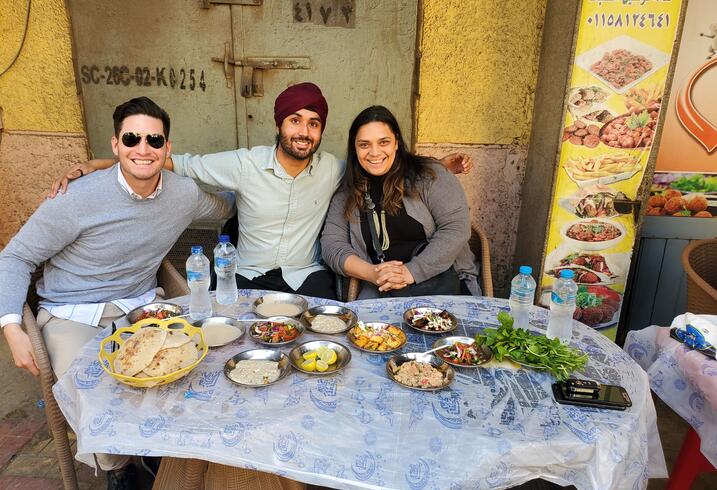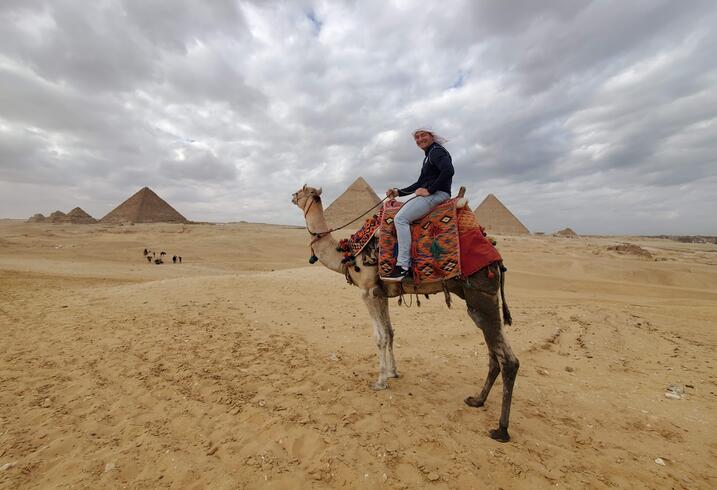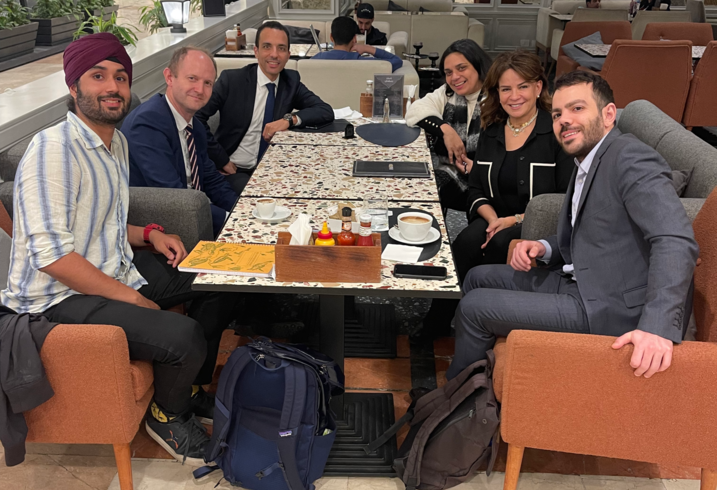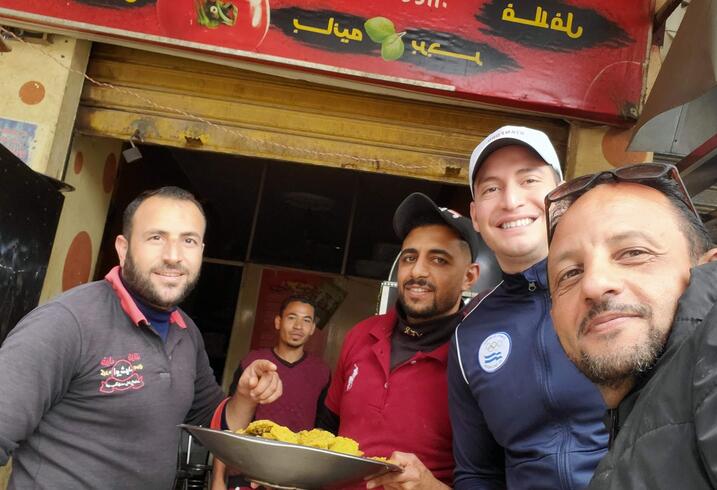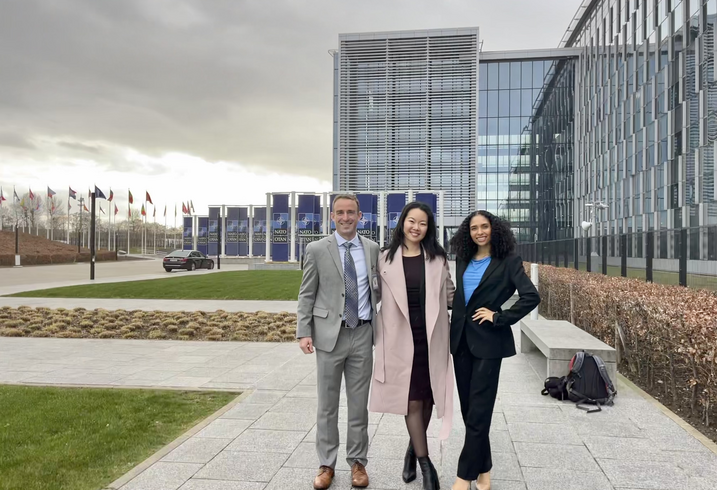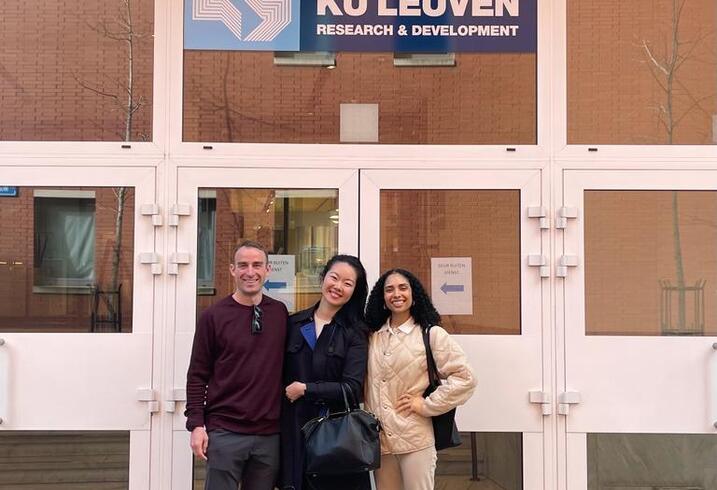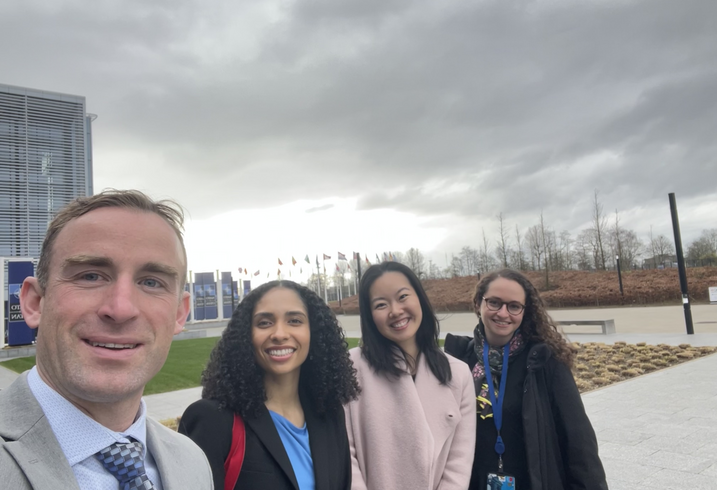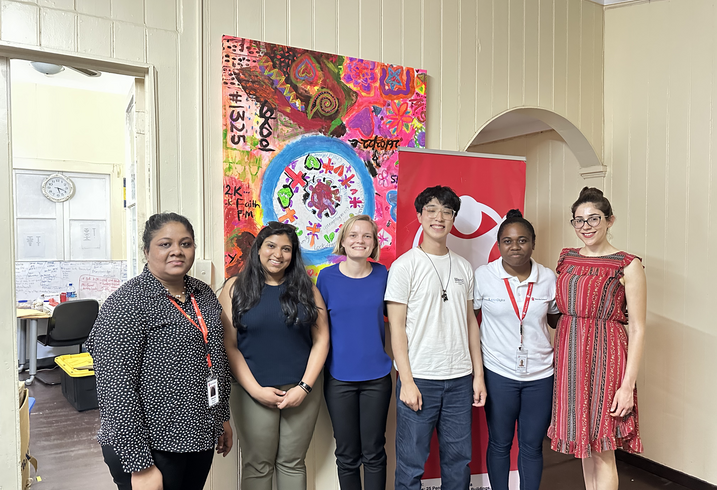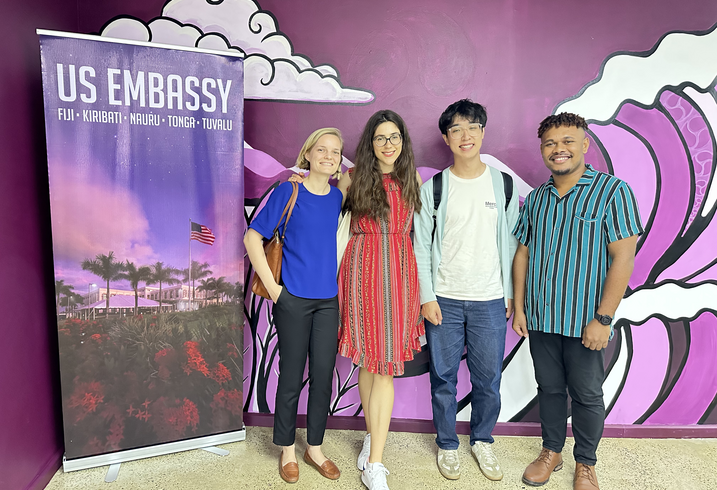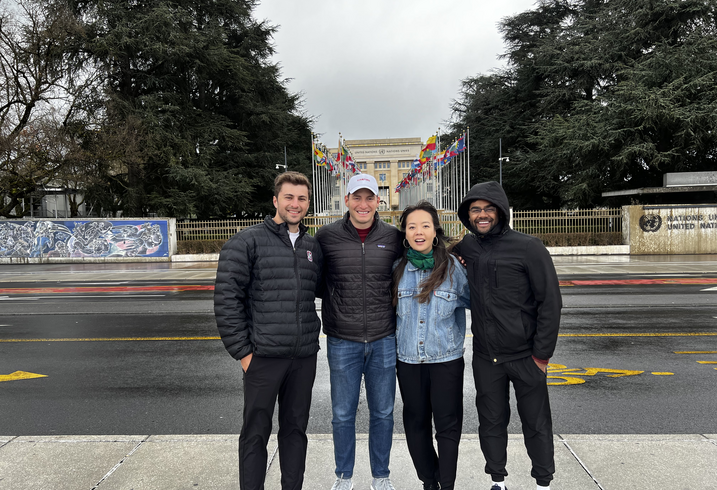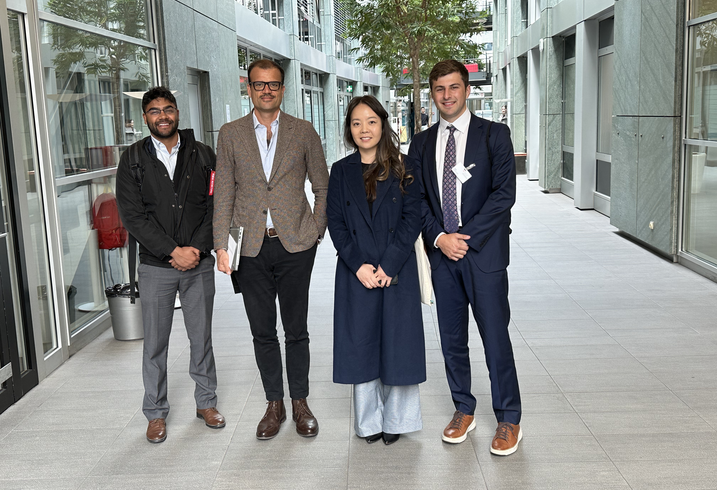Better financial contracts can unlock business growth in Kenya
Supply chains can be surprisingly complex. In many low- and middle-income settings, large companies often rely on networks of small, independent distributors who travel by foot to sell consumer goods to otherwise hard-to-reach customers (Kruijff et al. 2024). These ‘micro-distributors’ operate at the far edge of the supply chain, with no formal employment contracts, thin profit margins, and high levels of economic risk.
In a field experiment in Kenya, we partnered with one of the world’s largest food manufacturers (pseudonymously “FoodCo”) to evaluate whether investment-appropriate financing contracts could help their independent distributors improve their business performance. We found that tailoring repayment terms to better share risk and rewards—compared to a standard, rigid debt contract—significantly boosted distributors’ profits. Crucially, these more flexible contracts took advantage of detailed administrative data on monthly performance. These findings underscore the promise of improved observability enabled by digitisation: with richer data, financial contracts can be designed to incorporate greater risk-sharing (Fischer 2013, Meki 2024), potentially opening new opportunities for mutually beneficial investments.
Flexible financing for ‘last-mile’ distributors boosted profits across a food supply chain in Kenya.














